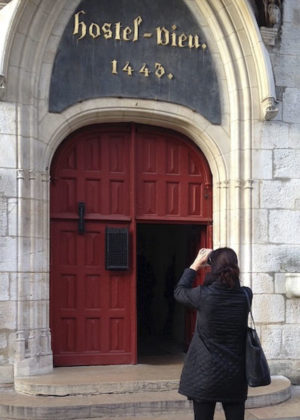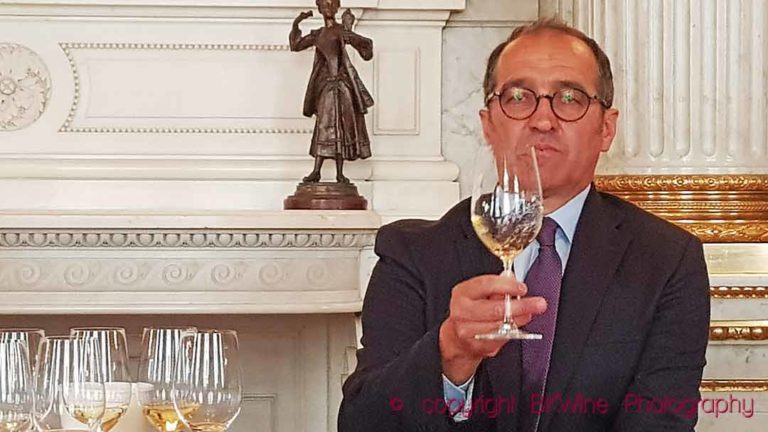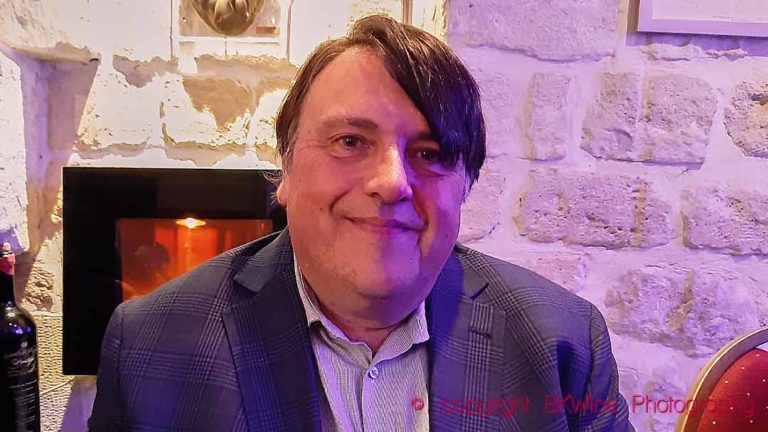What happens when world-renowned archaeologist Michael Thomas and phenom winemaker Sabrine Rodems join forces in the foothills of Monterey AVA in California? Artisan, bespoke Wrath Wines is what happens. BKWine Magazine guest writer LM Archer sits down for a talk with the winemaker.
Named in part for the wrath of the gods that set Aeneas upon his journey in The Aeneid (*), in part from lyrics to Led Zepplin’s “Going to California”. Wrath Wines blend both the sacred and the profane into hauntingly original offerings – some made in terra-cotta urns called dolios – that delight gods and humans alike.
Recently, I had the privilege of interviewing wine maker Sabrine Rodems at Wrath Wines’ San Saba Vineyard in Soledad. We talked terra-cotta, terroir, and her sassy winemaking style.
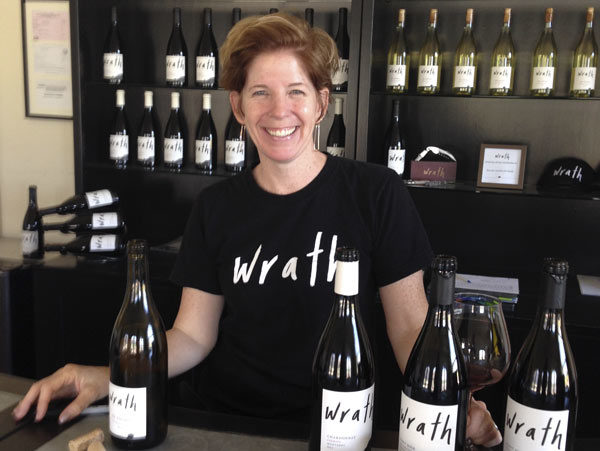
You’re a former theatre professional who opted to pursue an advanced degree in wine making from UC Davis rather than attend medical school. (Apparently your sister, a doctor, talked you out of a career in medicine.) What is it about wine making that piques both your scientific and analytical side as well as your artistic, expressive side?
There is a scientific, analytical side of winemaking, mostly for putting out microbial fires. After 12 years this has become intuitive. I don’t need to run a bunch of analysis to taste a barrel and realize something is going on. Most of the time it is a good “something”, but sometimes it can be an issue. The artistic and expressive side is the one Michael and I express the most. We often don’t look at the data when we blend. We want to make the wine that passes the mouth test, a much more rigorous set of standards than any analysis I can do in the lab.
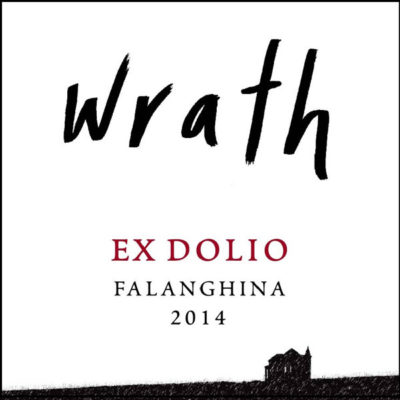
Would you have continued along the wine making path without the intervention of mentors?
My three Primary Investigators at UC Davis, Andy Walker, Doug Adams and Linda Bisson taught me a lot more than just how to run the assays I needed to for my thesis. They taught me how to work in a field as a necessary component but with flexibility. They answer to the needs of the industry on some level, and I answer to the needs of the consumer, while still keeping our expression of what we want to say at Wrath.
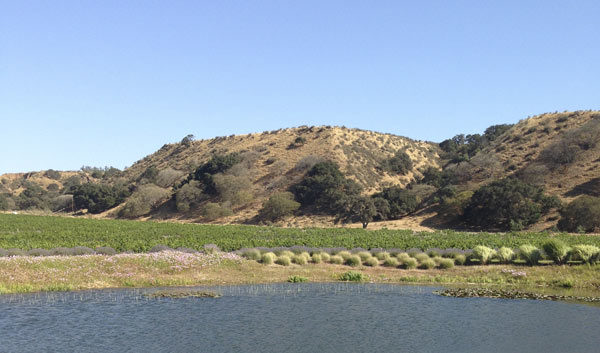
Talk about Team Wrath – owner and internationally renowned archaeologist Michael Thomas, wine grower Steve McIntyre, and you. How does the choreography of Wrath during harvest work?
I conference with our ranch managers from MPI to let them know exactly how I want my grapes farmed and what I am looking for in terms of exposure to sun, ripeness and expression. These are things that we all discuss together and then the plan is set, but much before harvest. These discussions occur in February or March. During harvest, we execute the plan to the best of our ability with the guidance of Mother Nature.
Talk about wine making. Did Michael’s ties to archaeology inspire producing Wrath’s Ex Dolio Falanghina in a dolio, a terra cotta vessel, for fermentation, or was that your idea? Would you say Wrath aspires to emulate more Old World techniques, New World, or a combination? What drives you to make the choices in other varietals used?
We were looking for a variety that brought it all together, and when Michael said “Falanghina” we all knew it was the one. And then we sought to make the wine in the most authentic vessel possible. His archaeology totally influenced all of these decisions. It is not an Old World wine … you would need some gladiator sweat added to it for that, and we are just not going there. We shall see in the future if any other ‘Old World’, ‘odd-ball’ varieties show up in the vineyard, but for now, we are happy to explore Falanghina!
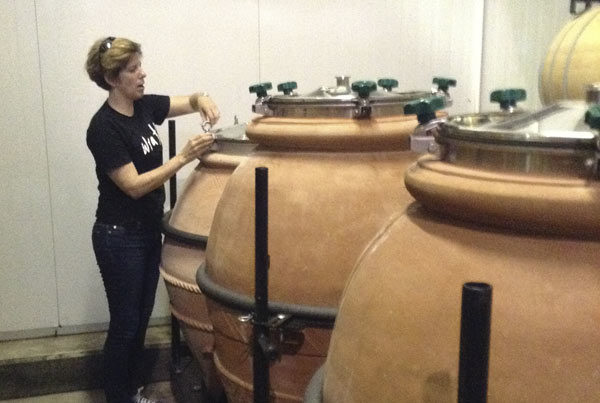
Wrath boasts a prodigious inventory of wines. Ex Anima wines focus on purity of fruit without extensive manipulation or oak usage, while the Winemaker Series showcases flavor nuances garnered through blending or winemaking experimentation, and the Single Vineyard Series expresses the individuality of each vineyard. What gives you the nerve to push the envelope and explore so many arenas, rather than playing it safe?
Curiosity has gotten us here and it will get us out. We love to poke a stick at it and stand back and see what it can do. We are sort of like Scotty from Star Trek that way. It killed the cat, but it won’t kill us!
Let’s talk terroir. In your twelve years making wine at Wrath, 2009 was the only year you had to deal with humidity. Anything else about Monterey’s micro-climates that readers might find surprising? How do these microclimates influence the flavor profiles of the wines?
Our vineyard is in Monterey AVA. It is this whole AVA and region that benefits from the weather pattern here. There are many microclimates in this entire area. The San Saba Vineyard that is in the Monterey AVA is actually somewhat protected from the wind since we get a break from the geological bench that juts out just north of the vineyard. Don’t get me wrong, there is plenty of wind here, it is just a little more regulated because of this. Our vineyard is unique, as is each vineyard I source from in the Santa Lucia Highland, so they all have their unique terroir and microclimate is a part of that. That is why they all taste different.
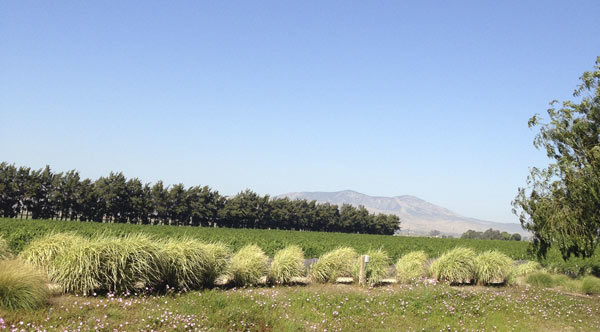
Wrath espouses a deep commitment to SIP certified farming ((*) see footnote). Anything in particular about SIP that resonates with you as a wine maker?
The holistic approach to being a partner with this community is important to me as a winemaker. Nothing in this world happens in a vacuum, and SIP Certifications puts that in the forefront of your mind. What we do here on a daily basis affects our neighbors, our city, our community, our county, our state, our country, and the earth. It is like a pebble in a pond and we are aware of this and thoughtful of this on a daily basis.
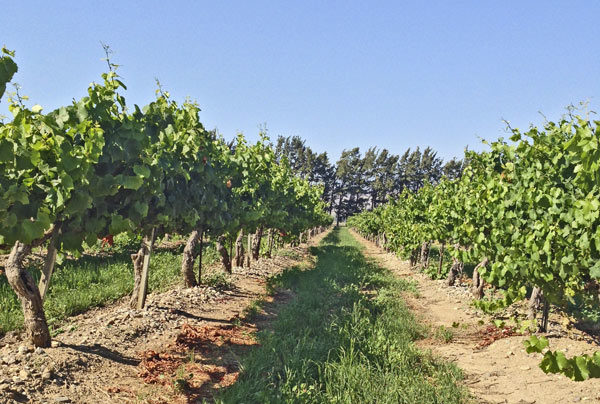
Owner Michael Thomas also allows you to create wines under your own label, Scratch Wines. What differentiates your wines from those of Wrath, besides the use of different varieties? Attitude? Approach? Methodology?
The wines I make under my Scratch brand is more of an expression of me with my own risk (i.e. $$) and my own reward (not so much $$). I make varietal wines that Wrath doesn’t make because I am curious about them and how they fit into my style and the marketplace. I have a high acid Riesling from Arroyo Seco, a spicy Grenache also from Arroyo Seco, a Pinot with 50% whole cluster fermentation from Santa Lucia Highland, a dry but jammy rosé from Monterey, and a Santa Cruz Mountains Cabernet. I try to push these wines to the edges to see what they can do, which is what we do at Wrath as well. Always experimenting.
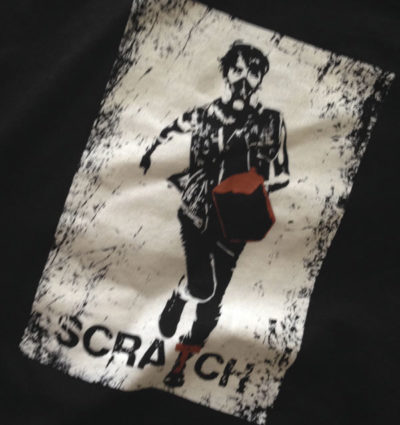
Anything else you care to share about Wrath that makes it so unique?
I mentioned it before. We do a lot of experimentation. That is what makes us unique, and also might add to our SKU:s [product range], but we love to push it to the edges and see what this vineyard can do.
Finally, if winemaking has taught you anything, it’s taught you…
Winemaking has taught me to be calm and not freak out. I have learned to understand and respect microbes to the point that I think they are my pets. There is a love there.
Here is Part 2 with tasting notes on the wines from Wrath Wines.
LM Archer is a freelance writer based in Seattle and California. She is Francophile who considers wine an art and Burgundy the centre of the universe. She is the founder and editor of binNotes | redThread.
Footnotes:
(*) The Aeneid: An epic written by the Roman poet Virgil between 29 and 19 BC.
(*) SIP: “Sustainability in Practice (SIP) Certified is a rigorous sustainable vineyard and wine certification with strict, non-negotiable requirements. We are committed to standards based on science and expert input, independent verification, transparency, and absence of conflict of interest”, according to the SIP certified website. It is a version of sustainable farming. To know more about sustainable farming you can read BKWine founders Britt & Per Karlsson’s book Biodynamic, Organic and Natural Winemaking; Sustainable Viticulture and Viniculture.


